Hyperkyphosis, a condition that affects the spine, causes it to curve excessively, resulting in a hunched back posture. As a chiropractor, I’m here to provide you with information on how to manage hyperkyphosis, including the use of special exercises and a brace.
Hyperkyphosis can cause pain and balance problems, making it difficult for individuals to perform everyday activities. As a chiropractor, I recommend a combination of special exercises and a brace to help alleviate these symptoms. The exercises I recommend focus on strengthening the muscles in the back, improving posture, and reducing pain. Additionally, a brace can provide additional support to the spine, help improve posture, and reduce pain and discomfort.
Hyperkyphosis is a spinal deformity that causes an exaggerated curvature of the upper back, resulting in a forward rounding or hunchback posture. It’s commonly referred to as “hunchback” or “dowager’s hump.” The condition is most common in older adults, particularly women, but can occur in people of all ages and elderly men.
The curvature in hyperkyphosis occurs in the thoracic spine, which is the upper and middle portion of the spine that connects to the rib cage. The degree of curvature can vary from mild to severe and can cause a range of symptoms, including pain, stiffness, and limited mobility. In some cases, the curvature can also affect a person’s balance and increase the risk of falls.
Hyperkyphosis can have various underlying causes, including poor posture, osteoporosis, spinal fractures, arthritis, and other degenerative conditions. Additionally, prolonged sitting or standing in a slouched position can contribute to the development of hyperkyphosis.
If left untreated, hyperkyphosis can lead to more severe complications, such as compression fractures, nerve damage, and chronic pain. However, with appropriate treatment, including special exercises and a brace, it is possible to manage the condition and alleviate symptoms.
It’s essential to consult with a chiropractor or other healthcare professional before starting any exercise or treatment program for hyperkyphosis. With the right treatment plan, however, it is possible to manage and improve the condition, and reduce the impact of symptoms.
I’m going to give you a few basic exercises to try at home. They might get the edge off for you, but these aren’t a cure all. Scolibalance over corrective postural exercises I teach are geared for your exact curve type.
There are several exercises that can help improve the posture and alleviate pain associated with hyperkyphosis. Here are three exercises that have been shown to be effective in research studies:
- Scapular Retraction Exercise: This exercise strengthens the muscles between the shoulder blades, which help to stabilize the upper back and improve posture.
To perform this exercise, sit or stand with your arms at your sides and your shoulders relaxed. Squeeze your shoulder blades together, as if you’re trying to hold a pencil between them, and hold for 5-10 seconds. Relax and repeat for 10-15 repetitions.
- Wall Angels: This exercise helps to stretch the muscles in the chest and shoulders, which can become tight and contribute to a hunched posture.
To perform this exercise, stand with your back against a wall and your arms bent at a 90-degree angle with your elbows at shoulder height. Slowly slide your arms up the wall, keeping your elbows and wrists in contact with the wall, until your arms are fully extended. Hold for a few seconds, then slowly lower your arms back down. Repeat for 10-15 repetitions.
- Plank Exercise: This exercise strengthens the core muscles, including the muscles in the back and abdominals, which can help improve posture and reduce pain.
To perform this exercise, start in a push-up position with your hands shoulder-width apart and your toes on the ground. Engage your core muscles and hold your body in a straight line from head to heels. Hold for 30 seconds to one minute, then rest and repeat for 2-3 sets.
ScoliBalance
As a chiropractor certified in level 1 ScoliBalance, I can teach patients specific scolibalance exercises to improve their posture and alleviate pain associated with hyperkyphosis. These exercises involve placing the patient’s back in an overcorrected posture, which is a posture that exaggerates the opposite position of the hunchback posture. By doing this, patients can work on strengthening the muscles that support the spine and improving their overall posture.
ScoliBrace
Additionally, the scolibrace is a brace that can be worn a few hours a day to help improve posture and alleviate pain. This brace is designed to put the patient’s spine in a mirror image posture, which is the opposite of the hunchback posture. The scolibrace is completely customized to each patient’s specific curve and body type using 3D CAM/CAD technology, which ensures a precise and comfortable fit.
The scolibrace works by applying pressure to certain areas of the spine, which helps to correct the curvature and improve posture. It can be worn during daily activities, such as walking, sitting, and even exercising, and is usually worn for a few hours a day.
In conclusion, hyperkyphosis can be a challenging condition to manage, but with the right approach, including special exercises and a brace, it is possible to alleviate pain and balance problems associated with this condition. As a chiropractor, I’m here to provide you with practical advice and solutions to help you manage hyperkyphosis effectively.

